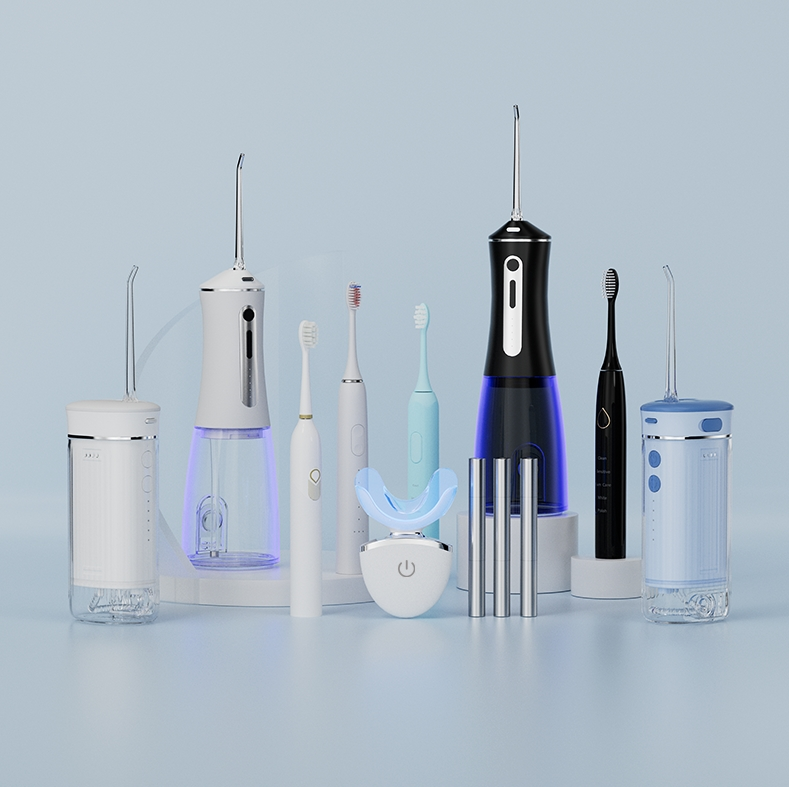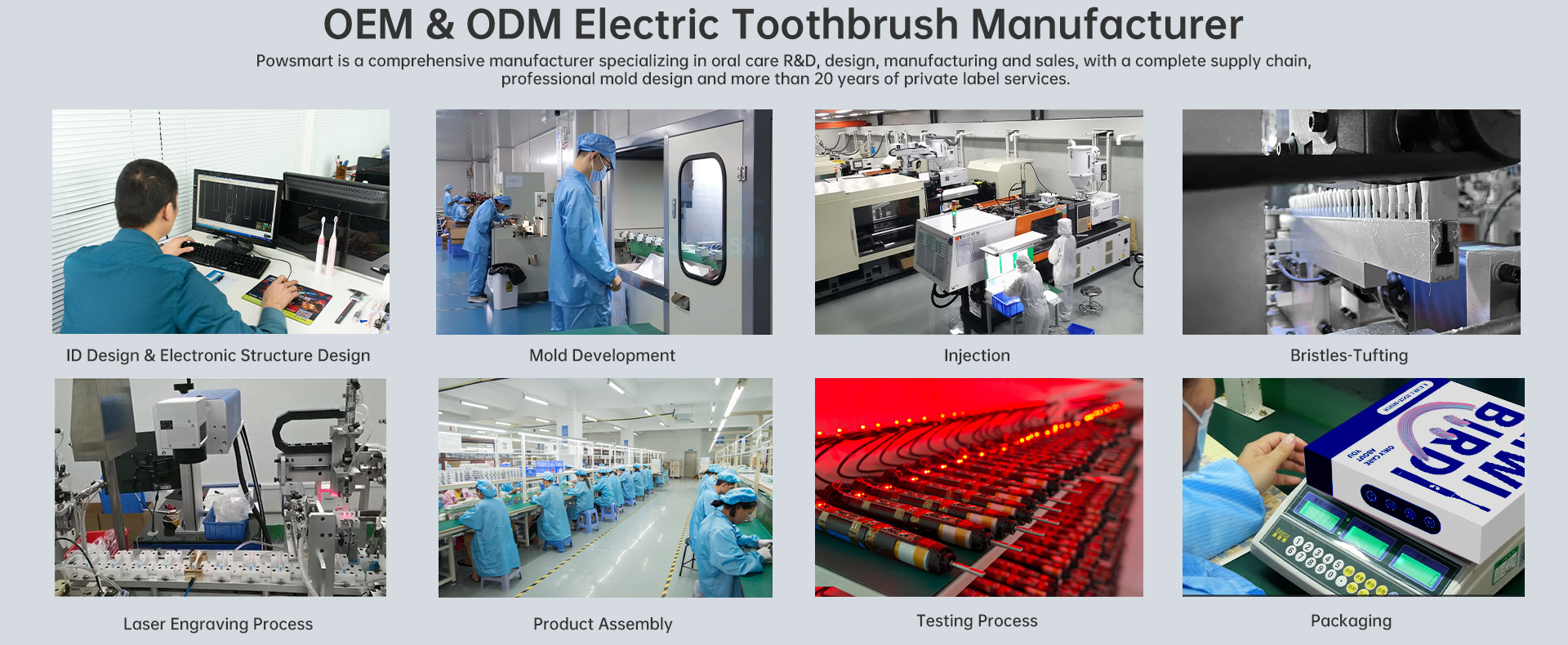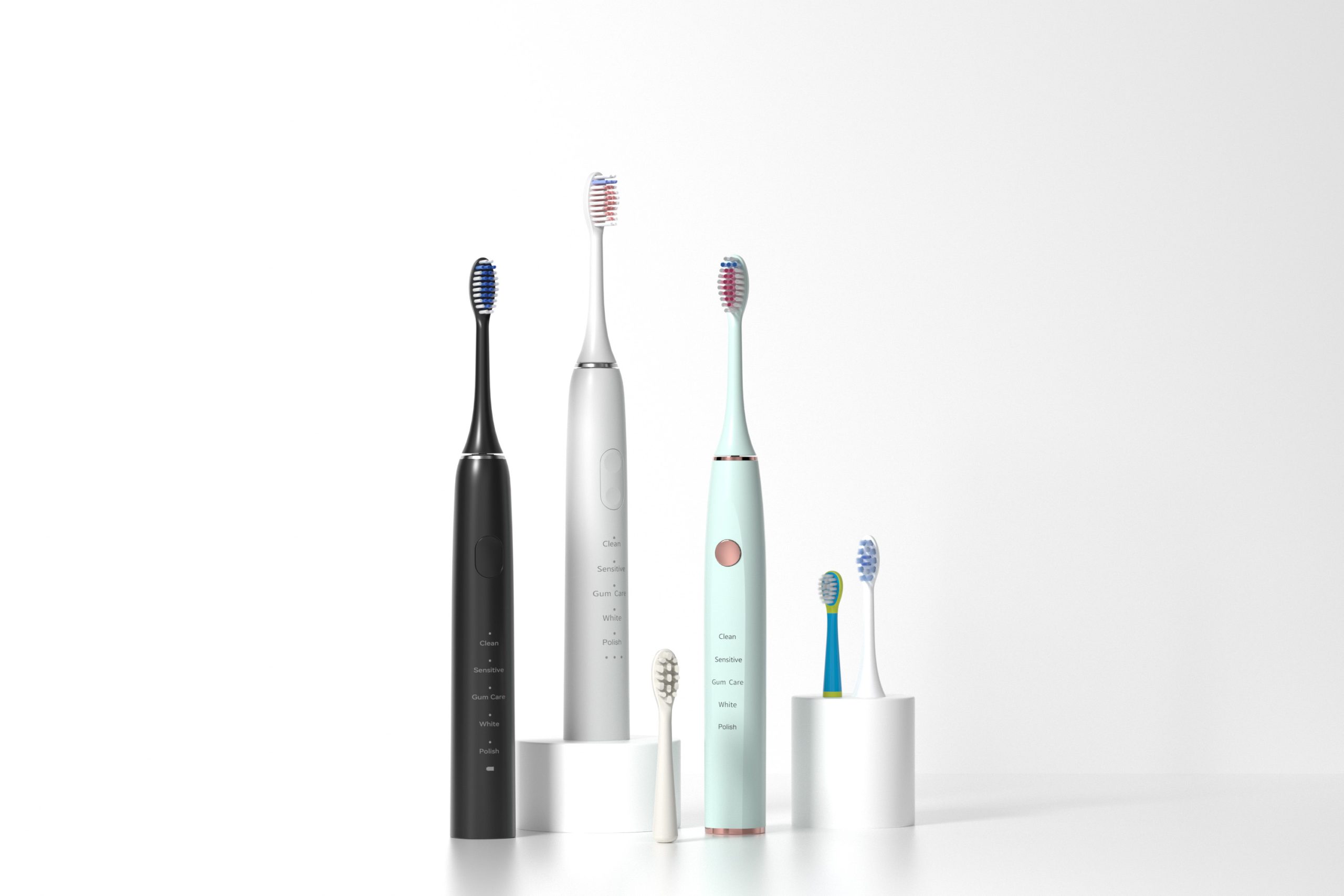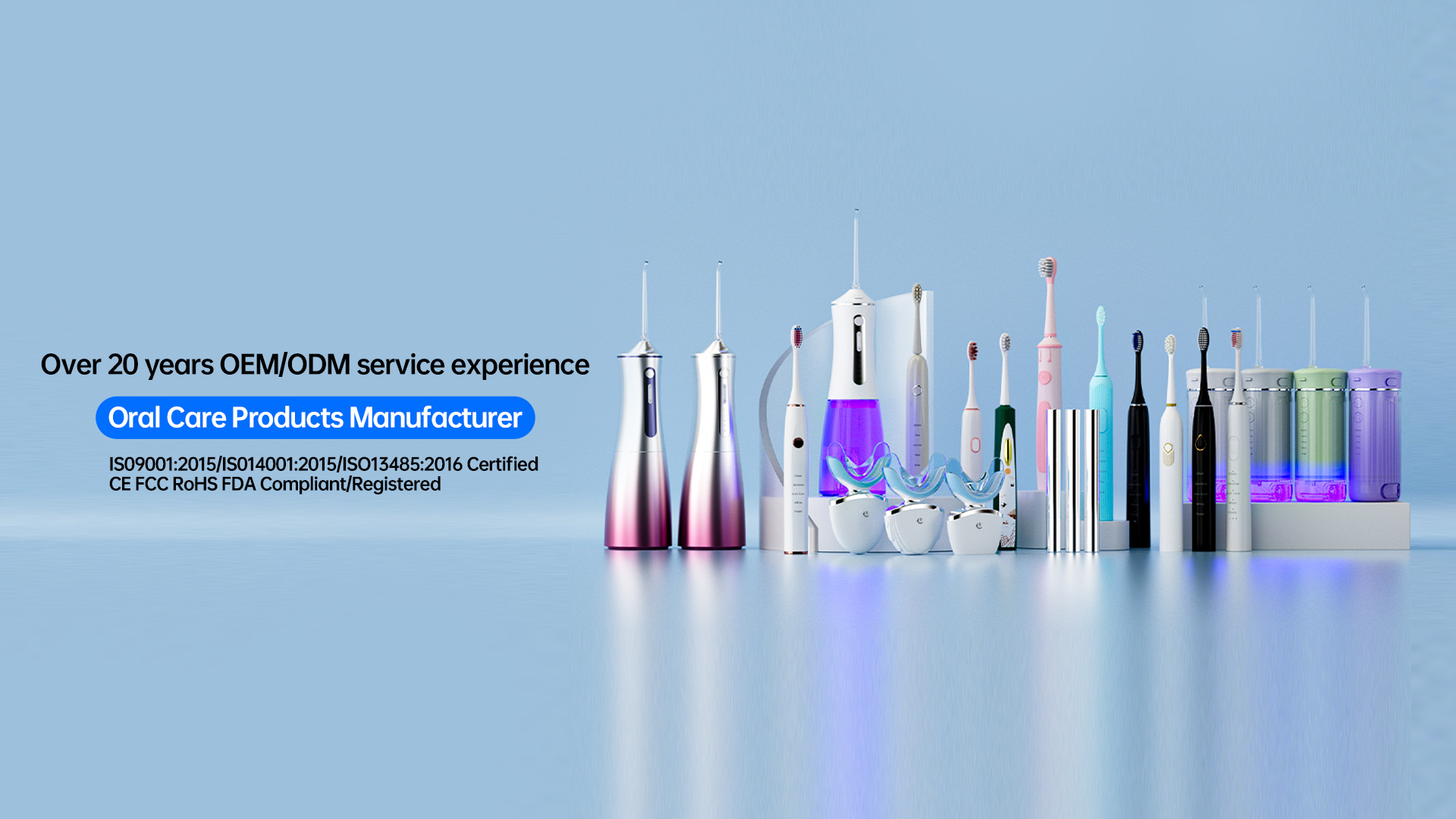In the oral care device industry, light decay is often overlooked—yet it may be a hidden factor in undesirable gingival discoloration, particularly in devices equipped with light-emitting modules such as LED whitening brushes or UV sanitizing components. As oral health professionals and OEM manufacturers seek to enhance product safety and performance, the potential correlation between these two phenomena warrants deeper examination.
Users have reported mild to moderate discoloration of gingival tissue after repeated exposure to illuminated oral care tools. Although most designs use low-intensity LEDs, gingival discoloration—manifested as darkening, uneven tone, or localized pigment patches—raises red flags about photochemical interactions. The possibility that light decay over time leads to spectral shifts or uneven energy output must be considered.
Light decay refers to the reduction in luminous flux and spectral integrity of LEDs or light sources over time due to:
This decay not only reduces device effectiveness but can distort the wavelength emission profile—potentially shifting the spectrum into biologically reactive zones.
Yes. Gingival epithelium is photosensitive at specific wavelengths, particularly within the blue (400–500nm) and near-UV ranges. If light decay leads to unintended intensity spikes or narrow-band emissions in these zones, cumulative exposure might:
All of which could contribute to gingival discoloration, especially in users with prolonged or frequent exposure. Company web: https://www.powsmart.com/product/electric-toothbrush/
Material selection and component aging play a crucial role. As polycarbonate or PMMA light covers degrade, they may:
Meanwhile, internal reflective coatings can delaminate or absorb heat, further altering the light path. These indirect consequences of light decay compound the risk to soft oral tissue.
To avoid potential bio-optical risks, B2B manufacturers should consider:
Even more critically, firmware logic could monitor usage cycles and issue automatic intensity reductions after a threshold is met.
Preventing gingival discoloration from light decay isn’t just good design—it’s regulatory compliance. Depending on market destination, consider these protocols:
Documentation of decay testing and tissue exposure simulations can greatly enhance brand credibility in OEM/ODM partnerships.
While light decay might seem a minor technical concern, its long-term effects on oral tissue health—especially gingival discoloration—must not be underestimated. For manufacturers of light-enabled oral care devices, robust optical design, material selection, and lifespan simulations are essential in ensuring safe, user-friendly, and globally compliant products. Prevention starts at the component level—and so does trust. Contact Kiwibird
-300x300.jpg)
-300x300.jpg)
Indicator Failure Leading Periodontal Pocket Deepening – Undetected?

Are Oral Care Products Suitable for TK Small Businesses?
.jpg)
Taste Distortion Alongside pH Imbalance – Vicious Cycle?
Charging Corrosion with Mucosal Lesions – Fatal?

2025 Electric Toothbrush Promotional Sale: Opportunities for Brands to Scale with the Right Manufacturer
-2-scaled.png)
Small Business – Health & Household Oral Care Products
.jpg)
Proven Strategies to Unlock Premium Water Flosser Brands Positioning

Professional electric toothbrush factory
.jpg)
KiwiBird Launches Bulk Personalized Toothbrush Customization Service, Redefining Oral Care
Adapter Overheating with Circuit Shorting – Fire Risk?
Demineralization Zones with Jaw Fatigue – Silent Threat?

Competitive Wholesale Oral Care Products for Your Store – Bulk Deals & OEM Options

The Growing Potential of the Oral Care Business: Trends, Opportunities & Market Insights

Oral care beauty trend :How Oral Care Became Beauty’s Sexiest New Category

Ultrasonic electric toothbrush
Valve Jamming Causing Salivary Alteration – Fixable?
.jpg)
Florida Electric Toothbrush – Powsmart PTR-C8

Private Label Whitening Gel

electric toothbrush heads Ultra Soft

electric toothbrush heads Deep Clean

Electric toothbrush heads Charcoal Infused-Diamond

electric toothbrush heads Regular Clean

electric toothbrush heads Charcoal Infuse-Round

Customization Teeth Whitening Gel
whstapp
whstapp
National Toll-Free Service Hotline
+86 755 86238638